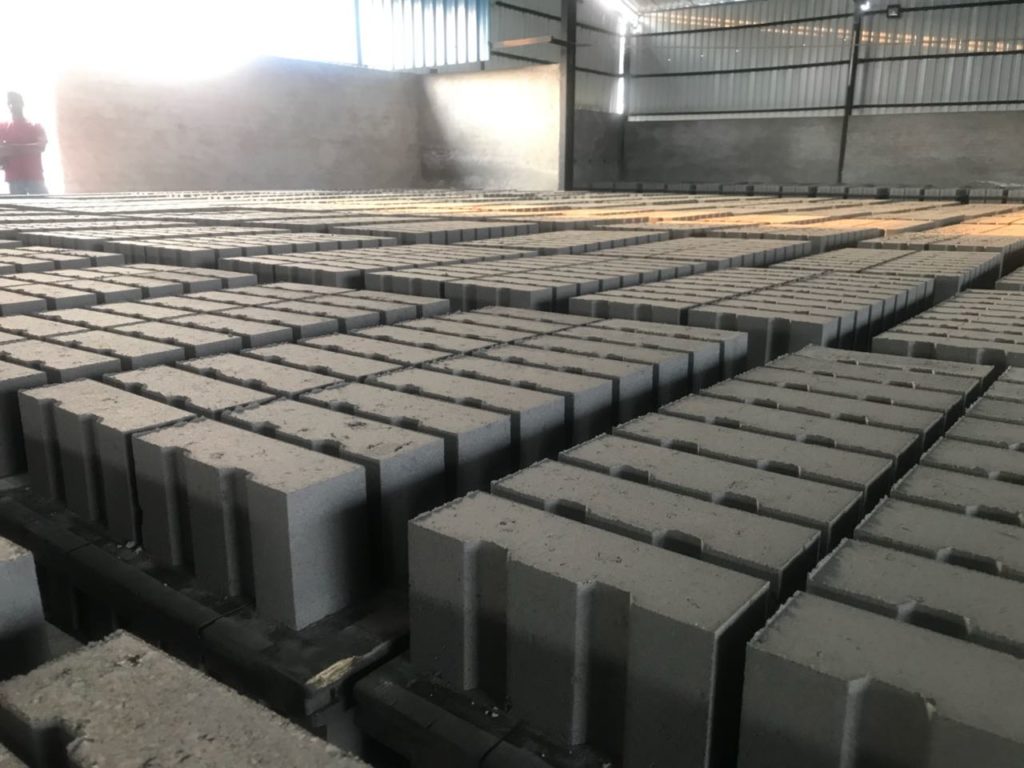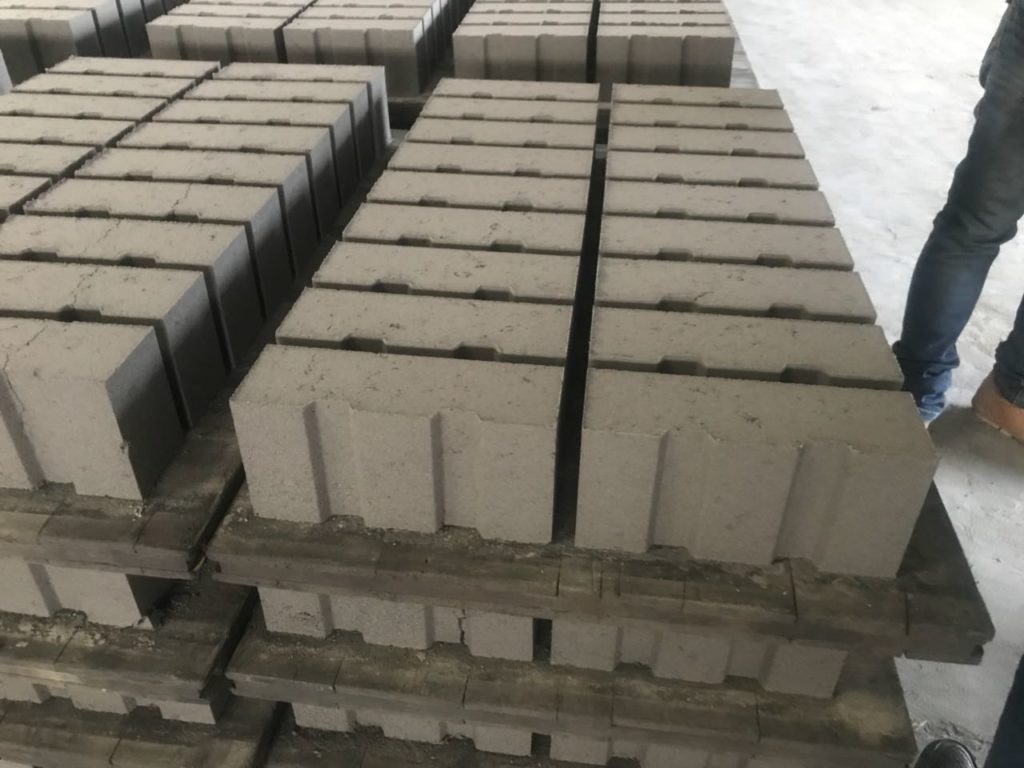Fly Ash Bricks and Comparison with Clay Bricks – Composition, Manufacture
The fly ash bricks are used more and more these days in brick masonry structures. The fly ash bricks are higher in quality and made with advanced technology. It is used as the replacement of normal clay bricks and it is better than it.
With the use of fly ash brick than normal clay bricks have many benefits. The main benefit of using fly ash bricks is we can save natural resources and also protect the environment.

A composition of Fly Ash Brick
- Fly ash
- Cement
- Sand
- Water
Fly Ash Comes From
India’s 72 percent power plants are coal based and these plants produce 40 million ton fly ash annually. The fly ash contains Co2 which is emitted from thermal power plants and industries which used coal as fuel and emits ash and smoke and from it the fly ash is made. The power plants and industries use cyclone converters to separate fly ash and this fly ash is used as raw material for making fly ash bricks.
The Pollution Caused by Fly Ash
The fly ash cause more environmental problems include air, water and also land. It required proper management to control pollution caused by fly ash and there for using fly ash to make various products and save the environment.
Making of Fly Ash Brick

The fly ash brick is a slow setting pozzalona cement mix. The process is almost identical to make cement where the clay and limestone are burnt with coal and gypsum and then mixed.
In fly ash brick making the burnt clay particle obtain from burning the coal. When the hydrated lime powder, gypsum is mixed in a pan, the mixture starting turns slowly in pozzalona cement.
The mixture is pressed in the low pressure in low moisture in hydraulic machine and the machine is specially designed to give the high pressure at a slow rate and the pressure is 350kg/square inch.
The required pressure and holding the bricks for particular time gives maximum strength to fly ash bricks.
Advantages of Fly Ash Brick
The emission of greenhouse gases is increasing more and more nowadays and the Co2 is a major one. The total CO2 emission was 24,960 million tons count globally in 1990.
In India, the CO2 emissions from the cement industry are ninety million tons and forty-nine tons from clay brick manufacturing. As per current statics for producing one million brick required 200 tons of coal and this coal emits around 270 tons of CO2 in the air.
The Fly Ash brick production is totally emission free and the manufacturing process is qualified under Clean Development Mechanism (CDM).
Comparison between Clay Bricks and Fly Ash Bricks
| Properties | Red Brick/Clay Brick | Fly Ash Brick | Remark |
| Density | 1600-1700 kg/m3 | 1700-1850 kg/m3 | Higher Load Bearing |
| Compressive Strength | 30-35 kg/cm2 | 90-100 kg/cm2 | Higher Load Bearing |
| Absorption | 15-25% | 10-14% | Less dampness |
| Dimensional Stability | Very low tolerance | High tolerance | Saving in mortar up to 25% |
| Wastage during transit | Up to 10% | Less than 2% | Saving cost up to 8% |
| Plastering | Thickness varies on both sides of the wall | Even on both sides | Saving in plaster up to 15% |
